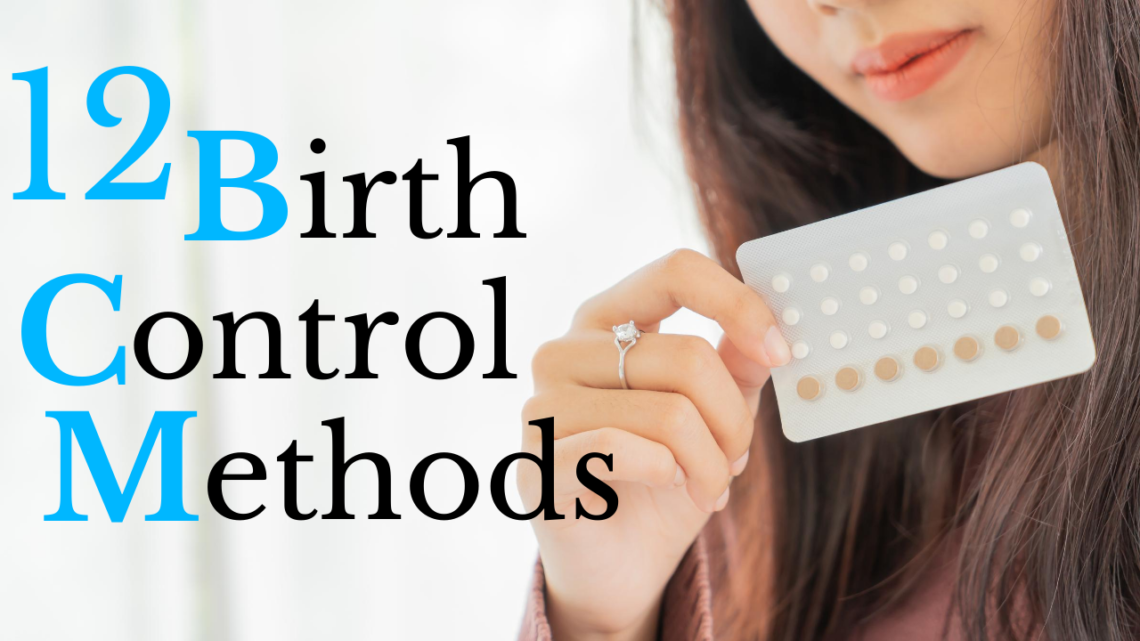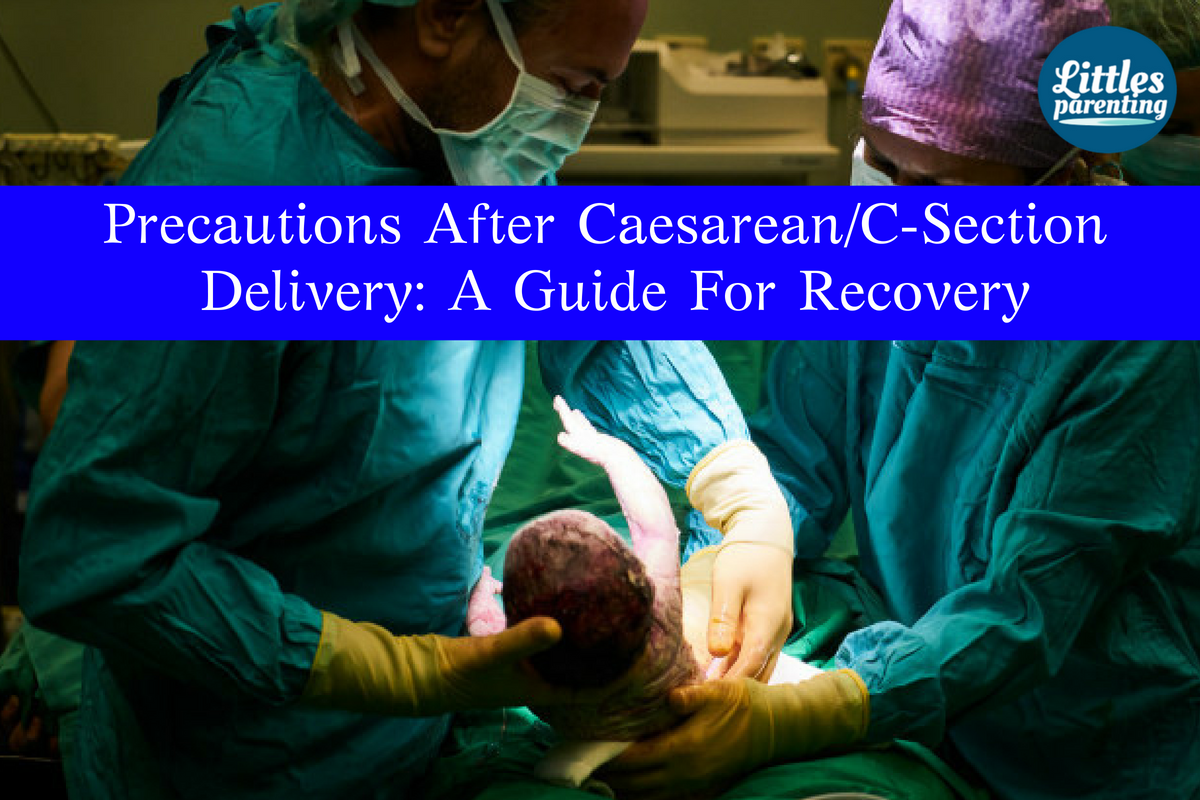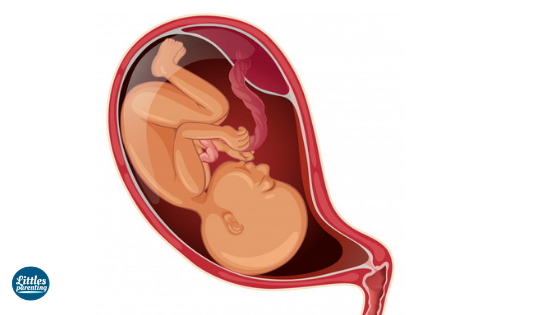
12 Birth Control Methods: Male & Female Contraception
Selection of birth control depends upon the time period for which you do not wish to conceive. This time period may be short term, long term or never.
Choosing a safe and effective birth control method is a difficult task. It is best to discuss with your doctor before going for any particular birth control method.
Some methods are prescriptions based while some are non-prescription based.
Things to consider while choosing a birth control method:
- Your existing health issues if any
- How useful it is.
- The ease to use.
- How sexually active you are.
- The time period, you don’t want a pregnancy.
- If it protects you from sexually transmitted diseases or STDs.
- Its side effects if any.
And above all, how comfortable you feel in using a particular method.
It is best to discuss all these things with your doctor before going for any particular birth control method.
The available birth control methods are–
Male and female condoms.
Regular birth control contraceptive pills.
Emergency contraceptive pills.
Vaginal Ring
It is also known as Nuva Ring, made of soft plastic, small in size, flexible which is inserted in the vagina for a particular time period to prevent pregnancy.
The ring releases the hormone which inhibits ovulation and works as contraception.
Skin Patch
Women need to wear this patch on their skin once a week for three weeks continuously.
After 21 days or in the fourth week you are not required to use this patch and you will be having your menstrual periods.
This method works as a contraceptive method to prevent pregnancy.
Depo Provera Injections
These are contraceptive injections also called birth control shots given to a woman to prevent pregnancy for 12 weeks.
You have to get it every 12 weeks till the time you do not wish to conceive.
Copper IUD
This is the most effective, safest and long term method of contraception and used worldwide for decades.
This is a T-Shape small device placed in the uterus to prevent pregnancy.
It can prevent pregnancy from 3 to 10 years.
Contraceptive Implant
This is the small matchstick-sized rod made of plastic and is flexible, implanted into the skin of the upper arm area to prevent pregnancy.
This device releases the hormone etonogestrel which blocks the ovaries from releasing the eggs.
This lasts in your arm for 3 years and provides protection till 3 years only and you need to get it changed every 3 years.
If you wish to conceive, you may take it off even before 3 years.
Spermicides
Spermicides are the substance inserted into the vagina before intercourse to kill the sperms or before entering into the uterus.
Spermicides are available over the counter in the forms of gel, tablets, lubes or cream.
This method is to be used correctly and Spermicides need to be inserted deeply into the uterus every time before intercourse.
Sponge
These are soft disposable sponges made of soft plastic foam filled with spermicides inserted into the women vagina before intercourse.
Sponge blocks the sperms from entering into the uterus and spermicides kills the sperm cells.
Diaphragm
These are flexible cervical caps/silicon cups made of soft rubber that is filled with spermicides and inserted into the woman’s vagina before intercourse.
Diaphragm blocks the sperms from entering into the uterus and spermicides kill the sperm cells.
The diaphragm or cervical cap should be left in place for at least 6 to 8 hours (but not more than 24 hours) after sex.
Withdrawal
In this method, male pulls his organ out of the vagina when he is about to ejaculate and ejaculates outside the women sex organs.
But, this method is not 100 percent safe.
Female Sterilization/ Tubal Ligation
This is the surgical procedure of birth control method for women to permanently prevent pregnancy.
During the female sterilization process, fallopian tubes of women are cut and tied to permanently prevent the pregnancy.
Female sterilization blocks the eggs and sperms to travel through the fallopian tubes.
This is the permanent method and cannot be reversed. To reverse this, it needs a major surgery which may not always be effective.
Male Sterilization/ Vasectomy
This is the surgical procedure of permanent birth control for the males.
In this method, tubes of the male which carry sperms are cut and tied to prevent the sperm from entering into the uterus.
Male still has semen but that doesn’t contain sperms.
This is the permanent method and cannot be reversed. To reverse this, it needs a major surgery which may not always be effective.
Fertility Awareness
It is the method for females to learn about their most fertile days.
Check your basal body temperature to know when you are ovulating and not to have intercourse on those days or use condoms.
Which Method is Best?
Every birth control method has its own pros and cons. So, it is strongly recommended to discuss all these methods with your doctor before going for any particular birth control method.
Some useful tips:
Ask your doctor about how to use the Diaphragm and Sponge methods correctly to prevent pregnancy.
Male and female condoms are the only methods to provide protection against sexually transmitted diseases.
Selection of birth control options depends upon the term, cost, effectiveness and acceptability of your partner.
Bleeding, abdominal pain, spotting between periods, nausea, headache are common in some birth control methods. It is recommended to consult your doctor if you feel any of these symptoms for a longer time than usual.
Breastfeeding also works as natural contraception but may not be 100% effective. Ask your doctor about safe contraception methods during the lactation period.
Female and Male sterilization methods are chosen only when you do not want to have more babies.
Take time, discuss with your partner and consult with your doctor about the safe contraception methods according to your health conditions.
Happy health, good luck.
References
Centers for Disease Control and Prevention. Contraception | Reproductive Health | CDC. Retrieved from https://www.cdc.gov/reproductivehealth/contraception/index.htm
New Zealand Family Planning. Contraception Methods – Family Planning. Retrieved from https://www.familyplanning.org.nz/advice/contraception/contraception-methods
US Department of Health and Human Services. What are the different types of contraception? Retrieved from https://www.nichd.nih.gov/health/topics/contraception/conditioninfo/types
Share this article:
Is Cow Milk Safe for Babies?
You May Also Like

Precautions After Caesarean/C-Section Delivery: A Guide For Recovery
August 1, 2018
Breastfeed: How It Benefits Both The Mother As Well As The Baby
July 20, 2018
